Moso Bamboo Growth Rate
Dwayne_4117
18 years ago
Featured Answer
Sort by:Oldest
Comments (30)
mshaffer
18 years agolast modified: 9 years agoDwayne_4117
18 years agolast modified: 9 years agoRelated Discussions
Phyllostachys Growth Rate in Zone 7
Comments (3)In my experience with many kinds of Phyllostachys in Zone 8, one doesn't see much growth in the first two years. After that you will see bigger shoots each year until the plants reach their maximum size. I can't tell you how big these will be in 3-5 years as it will depend on how big they are now and what particular species we are talking about...some get bigger than others and some grow faster. I have had Moso go from a seedling to 6' in about 5 years, and I have had other Phyllostachys that went from, say, 6' to double that in the same time. Your mileage may vary. However, it sounds like you are off to a good start with your prepping and with your choice of hardy, vigorous species I contain a lot of my runners with annual maintenance and rhizome digging, but I have put in barriers in some places to keep the rhizomes from going under my asphalt driveway and causing bumps, and to keep peace with my significant other and her flower beds. As long as you can stay on top of the maintenance and don't mind tearing up the lawn a little to catch a runaway, you should be good without having to put in barrier....See Moregrowth speed and how to grow moso and giant bamboo?
Comments (3)I grew moso from seed about 12 years ago. I have a lot of experience growing bamboo. Mine is about 15 feet high now. Plant the seeds in a germination tray like you would with any veggie seed; keep in a warm and sunny place,and keep the soil moist. You should see growth after several weeks if you bought fresh seeds. (I won't ask where you got them, as it's illegal to import them.) If you expect anything spectacular in terms of size, you would do best growing them in Vietnam......See MoreIs this "Moso" bamboo?
Comments (4)That's a first rate, and completely reliable, nursery. They know their plants...you've got moso! I can also say that moso is one of the few bamboo I've grown from seed, and -- though it's been over 12 years -- your picture looks a lot like what I remember my plants looked like after a couple of years....See MoreGrowth rate of river cane
Comments (1)Highly dependent on growing conditions. I'd guess at least 2 years, and possibly as much as six for it to fill in completely. You could possibly speed things up by digging up several large divisions and transplanting them to the areas you want to expand into....See Morejoefalco
18 years agolast modified: 9 years agoDwayne_4117
18 years agolast modified: 9 years agomshaffer
18 years agolast modified: 9 years agoDwayne_4117
18 years agolast modified: 9 years agomike_marietta_sc_z8a
18 years agolast modified: 9 years agomike_marietta_sc_z8a
18 years agolast modified: 9 years agoDwayne_4117
18 years agolast modified: 9 years agoerm1981
18 years agolast modified: 9 years agoerm1981
18 years agolast modified: 9 years agojoefalco
18 years agolast modified: 9 years agoDwayne_4117
18 years agolast modified: 9 years agomike_marietta_sc_z8a
18 years agolast modified: 9 years agoerm1981
18 years agolast modified: 9 years agomike_marietta_sc_z8a
18 years agolast modified: 9 years agoiandad
18 years agolast modified: 9 years agomike_marietta_sc_z8a
18 years agolast modified: 9 years agoerm1981
18 years agolast modified: 9 years agoseattleboo
18 years agolast modified: 9 years agokudzu9
18 years agolast modified: 9 years agomike_marietta_sc_z8a
18 years agolast modified: 9 years agomike_marietta_sc_z8a
18 years agolast modified: 9 years agoThuja
18 years agolast modified: 9 years agoseattleboo
18 years agolast modified: 9 years agoSnoochy42_yahoo_com
12 years agolast modified: 9 years agoBryan Reiling
8 years agokentuck_
8 years agomshaffer
8 years ago
Related Stories

LANDSCAPE DESIGNSmall Garden? You Can Still Do Bamboo
Forget luck. Having bamboo that thrives on a wee plot just takes planning, picking the right variety, and keeping runners in check
Full Story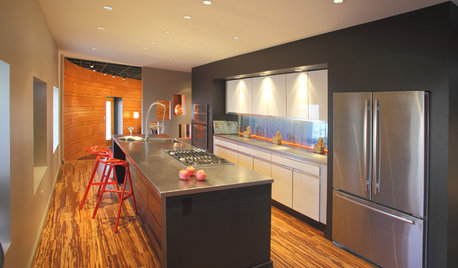
GREEN DECORATINGBamboo Products — Earth Friend or Foe?
The ecofriendliness of this grass for flooring, wall coverings and furniture isn't cut and dried. Get the facts here
Full Story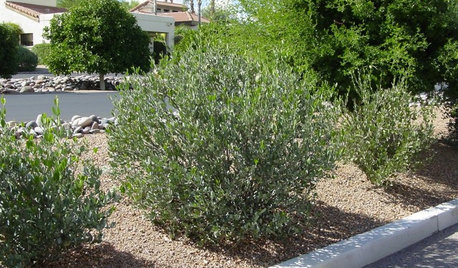
GARDENING GUIDESGreat Design Plant: Simmondsia Chinensis
Jojoba shrugs off hot, reflected desert heat while making surrounding plants stand out
Full Story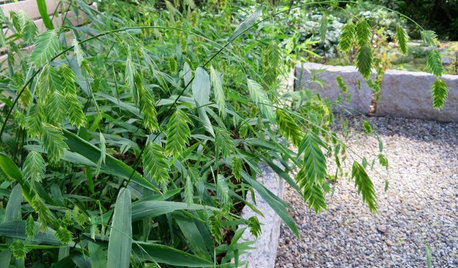
GARDENING GUIDESGreat Design Plant: Chasmanthium Latifolium
Inland sea oats is an easy native grass for a moist, shady garden spot
Full Story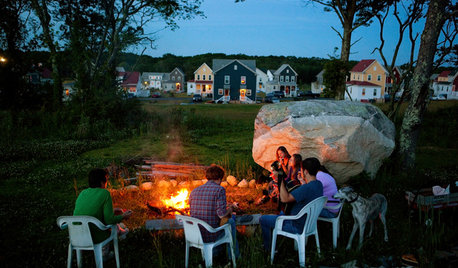
HOUZZ TOURSA New Community Flourishes in Rhode Island
Innovative affordable housing project offers new ideas for living with agriculture, art and each other
Full Story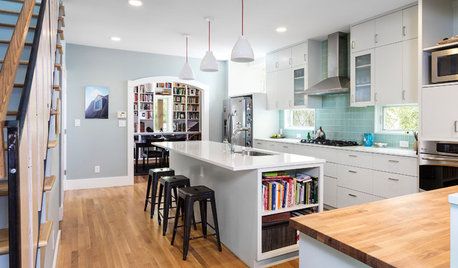
MOST POPULAR6 Kitchen Flooring Materials to Boost Your Cooking Comfort
Give your joints a break while you're standing at the stove, with these resilient and beautiful materials for kitchen floors
Full Story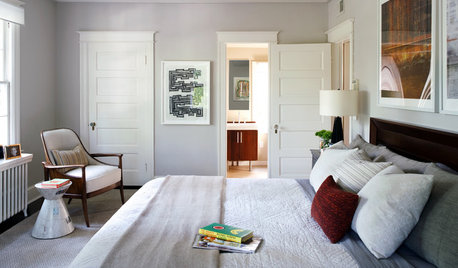
BEDROOMSHow to Choose the Perfect Bedsheets
Don't lose any shut-eye over scratchy or ill-fitting sheets; our mini guide to materials, thread count and fit will help you sleep tight
Full Story
GARDENING GUIDESGrow Your Own Privacy: How to Screen With Plants and Trees
Use living walls to lower your home and garden's exposure while boosting natural beauty in your landscape
Full Story
GARDENING AND LANDSCAPINGChoosing a Deck: Plastic or Wood?
Get the pros and cons of wood, plastic, composite and more decking materials, plus a basic price comparison
Full Story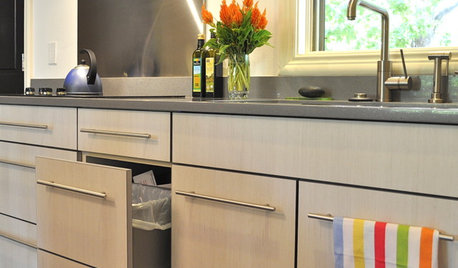
KITCHEN DESIGNEcofriendly Kitchen: Healthier Kitchen Cabinets
Earth-friendly kitchen cabinet materials and finishes offer a host of health benefits for you and the planet. Here's a rundown
Full Story


Mary Palmer